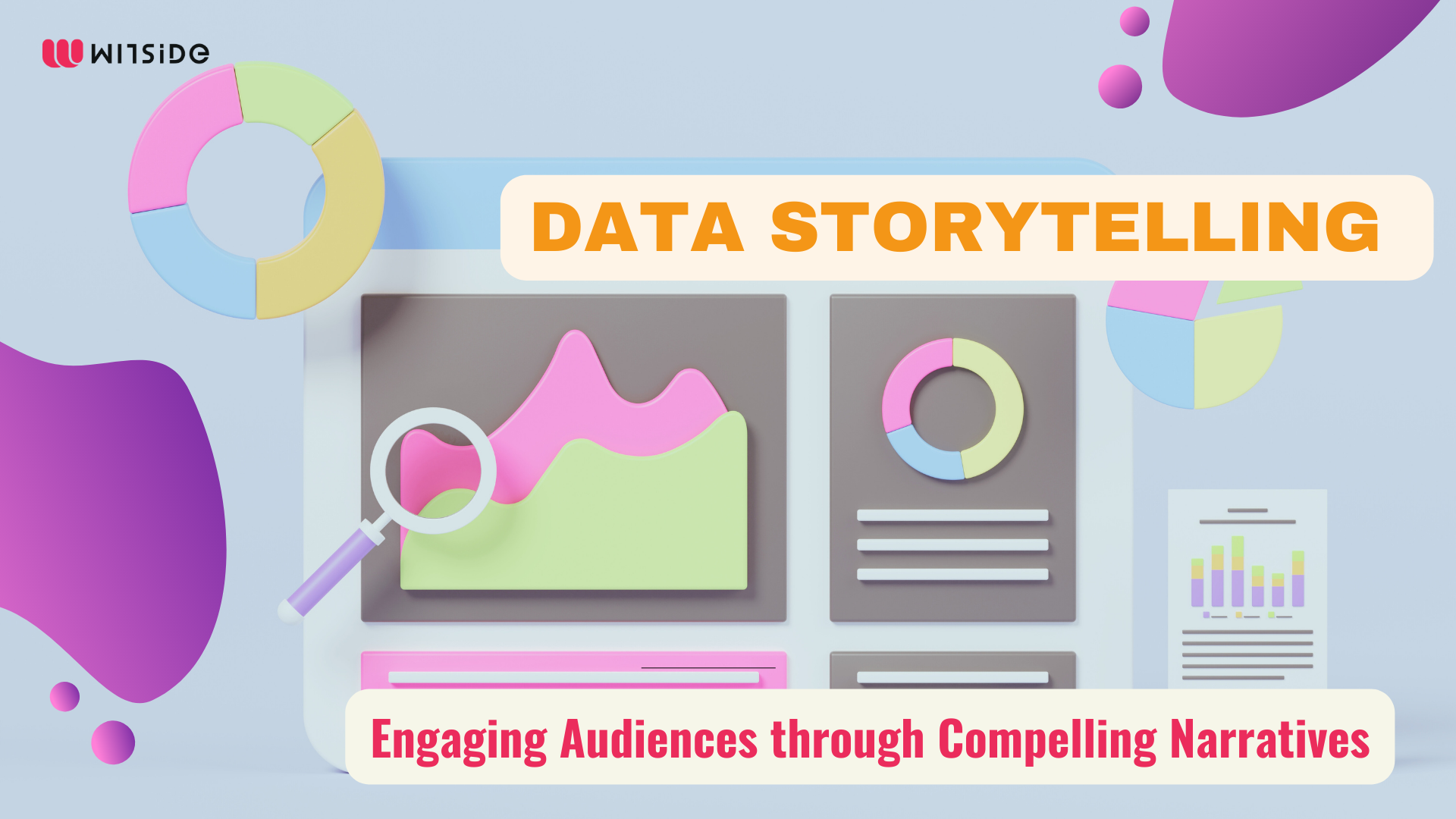
Data is everywhere, but the challenge lies in generating meaningful insights from it. This is where data storytelling comes in. By weaving a compelling narrative around the data, data storytellers can make it more accessible and understandable to a wider audience. This is why data storytelling is gaining popularity across industries, from marketing and sales to finance and logistics.
Data storytelling is not a new concept, and it has been used for centuries. From ancient cave paintings to symbol language, stories have been an integral part of human communication. The human brains are hardwired to love stories, and when data is presented in a storytelling format, it becomes more approachable and interesting. This is why data storytelling is an essential tool in data analysis and visualization.
At its core, data storytelling is about making data more approachable and interesting. By presenting data in a visually appealing manner and weaving a narrative around it, data storytellers can grab the attention of their audience and make them care about the insights they are presenting. This is especially important when dealing with complex data sets that can be overwhelming and difficult to interpret.
The importance of data storytelling is not just limited to making data more interesting. When people can understand the data, they are more likely to use it to make informed decisions. This can be especially valuable in the business world, where data-driven decision making can lead to better outcomes and a competitive advantage.
One of the keys to effective data storytelling is the use of color. When used sparingly and intentionally, color can help highlight important insights, make comparisons between data sets, and make data more competitive. This is why understanding the principles of color theory is essential for data storytellers. By using color effectively, they can create data visualizations that are not only aesthetically pleasing but also informative.
To help professionals improve their data storytelling skills, WITSIDE is offering a FREE workshop on data storytelling. The workshop will cover the fundamentals of data storytelling, including how to use color effectively, and provide participants with hands-on experience creating compelling data visualizations. By attending the workshop, professionals can gain a competitive advantage in their industry by improving their ability to drive meaningful insights from data.
|


